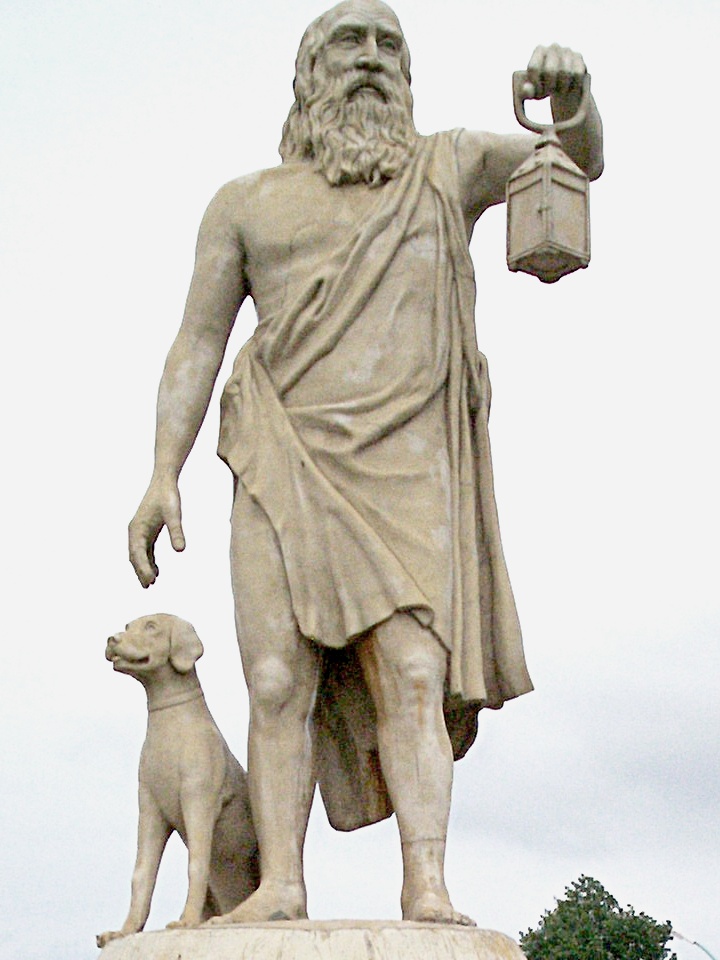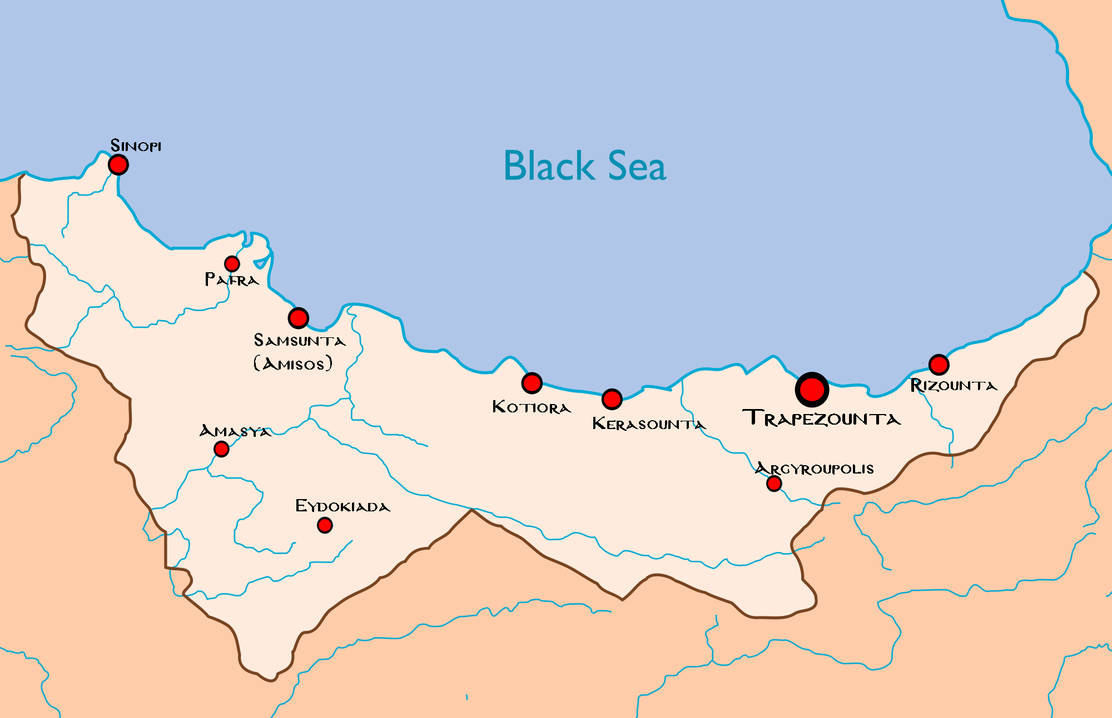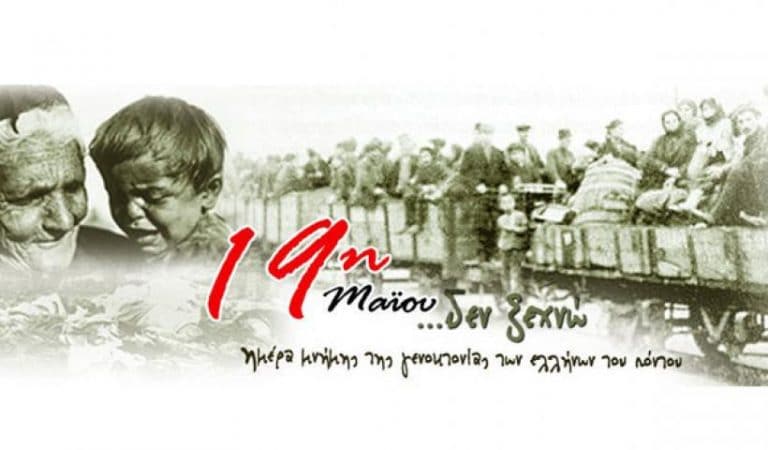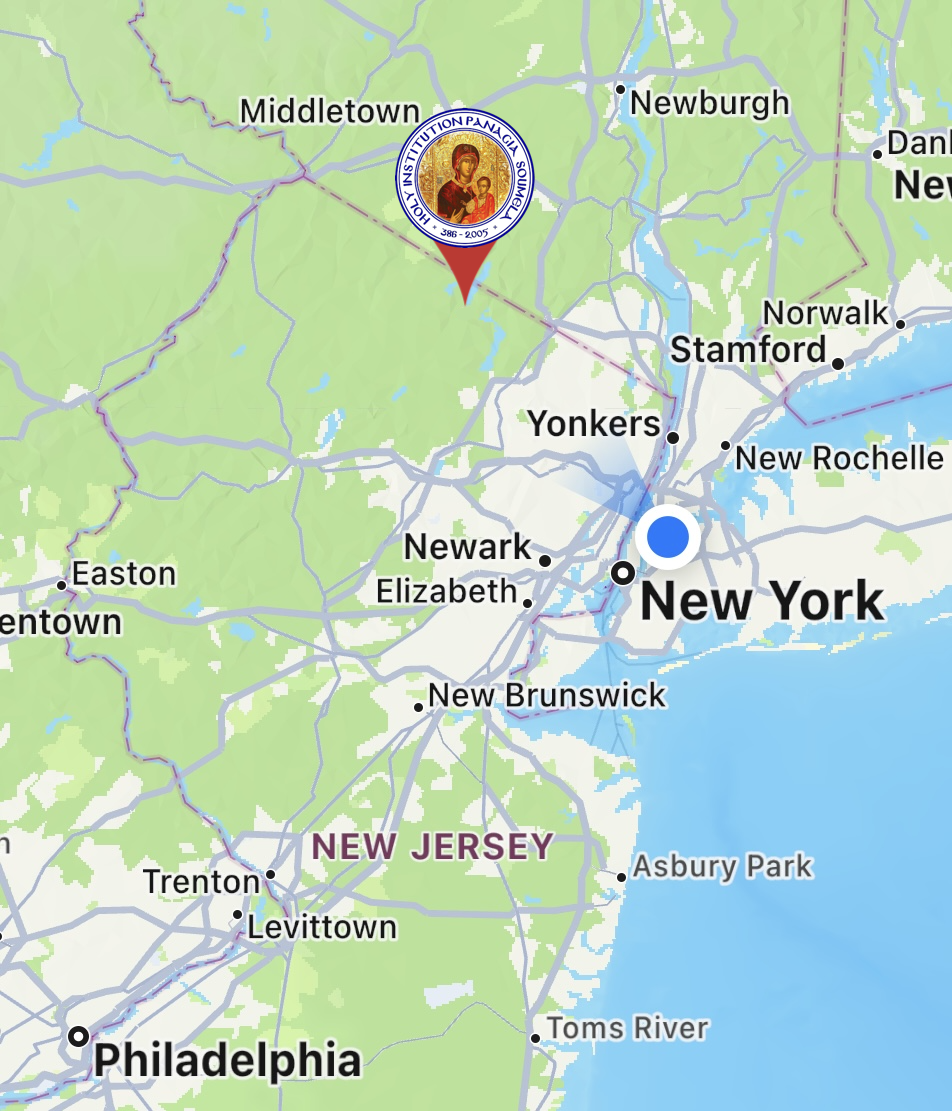 History of Pontos
History of Pontos
In approximately 1000 B.C., Greek Ionians, inhabiting southern Greece, were forced out by invading waves of Dorians. The fleeing Ionians began to settle the Aegean coast of Asia Minor (present day Turkey) and founded the cities of Pergamus and Miletus.
In 700 B.C., colonists from Miletus fled the Aegean coast and began to settle the coast of the Black Sea. They renamed the Black Sea from “Axenos” (“unfriendly” in Greek, “dark” in Persian) to “Efxinos (or Euxinos) Pontos” (“hospitable” or “friendly sea” in Greek). Strabo states in his “Geography”, that the city of Sinope was founded by Autolycos, one of Jason’s Argonauts, and that the city was conquered by the Milesians. From here, colonization expanded eastwards to the border of Colchis, modern day Georgia.
From the 6th Century B.C., all of Asia Minor fell to the Persians. Later, in the 4th Century B.C, because the area was never conquered by Alexander the Great, Pontos remained under the rule of independent satraps. The greatest of these rulers was Parthian Mithridates VI, who was finally defeated by Pompeii. Thereafter, Pontos was absorbed into the Roman Empire and joined to the province of Galatia-Cappadocia.
After the split of the Roman Empire in the 4th Century A.D., Pontos became the border of the East Roman or Byzantine Empire. In 1204, Constantinople was conquered by Crusaders and the city was in Latin hands until 1261. In 1204, the Empire of Trebizond was formed, with the single eagle as its emblem in deference to the Byzantine double headed eagle of the emperor. After many years of shrinking borders, losing battles and non support from the West, Constantinople finally fell to the Ottoman Turks under the leadership of Fatih Sultan Mehmet in 1453. In 1461, the Emperor David Comnenos surrendered the Empire of Trebizond to the Sultan, and the Ottoman conquest of Asia Minor was complete.
Since 1461, the Pontians have encountered constant persecutions and efforts towards mass forcible conversions to the Islamic religion. The Ottomans systemically and efficiently promoted atrocities and displacements in the beginning of the 20th Century. The most intense phase of the ethnic cleansing occurred in 1919-1923 with the establishment of Mustafa Kemal (Ataturk) in the interior of the Ottoman state. This rule coincided with the establishment of the Soviet Union, which provided aid towards his nationalistic movement.
On May 19th, 1919, Mustafa Kemal arrived to Amisos (Samsounta) as a representative of the Ottoman Government to restore order in the area of Pontos. Kemal began his criminal work by preaching hatred against the Greek Pontians. Topal Osman, a criminal member of the Kemalist group, is known in history as the biggest executioner of the Pontian Greeks. Kemal himself appointed Osman as his representative to the area of Pontos with unlimited power over the life and death of the Greek Pontians. Cities and villages populated by Greeks were burnt down, while the Greek Pontian people were subjected to deportation, exportation, abduction, torture, massacre and starvation. The great bulk of the Greek Pontian population was forcibly sent to work camps and to white death marches during winter cold and summer heat conditions. They died from the harsh elements, thirst and hunger. From the 700,000 Pontian Greeks who lived in Pontos in 1914, more than 350,000 have found martyric death by the Ottomans, Young Turks and Kemalists, in addition to over a million Armenians, Assyrians and other Christian populations living in Asia Minor. By 1923, the entire landmass of the historic Pontos had been erased of its Greek Pontian population. The destruction of the Greek Pontian communities in this part of the world was total.
In 1923, Orthodox Christians in Turkey and Muslims in Greece were exchanged according to the Treaty of Lausanne, thus ending the 27-century Greek history in Pontos.


